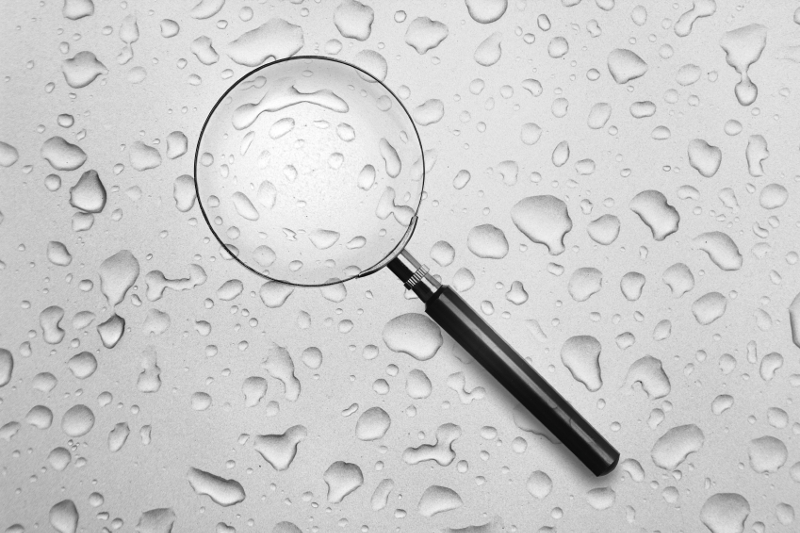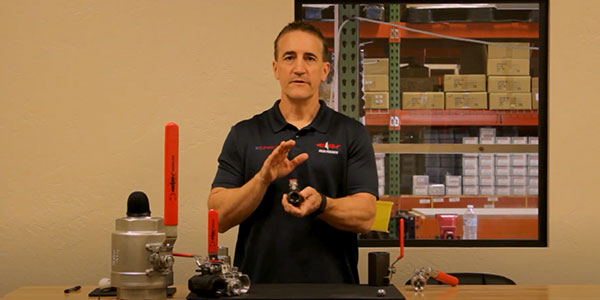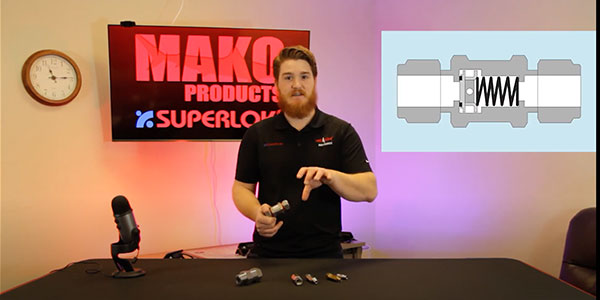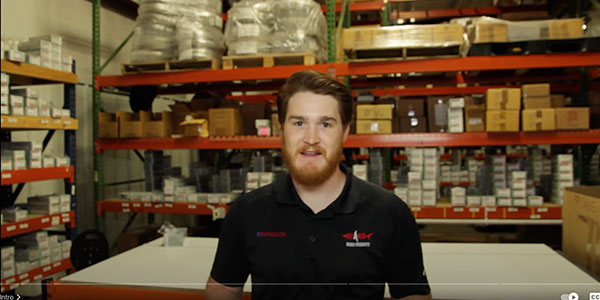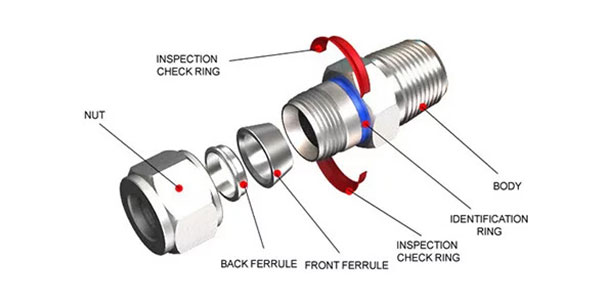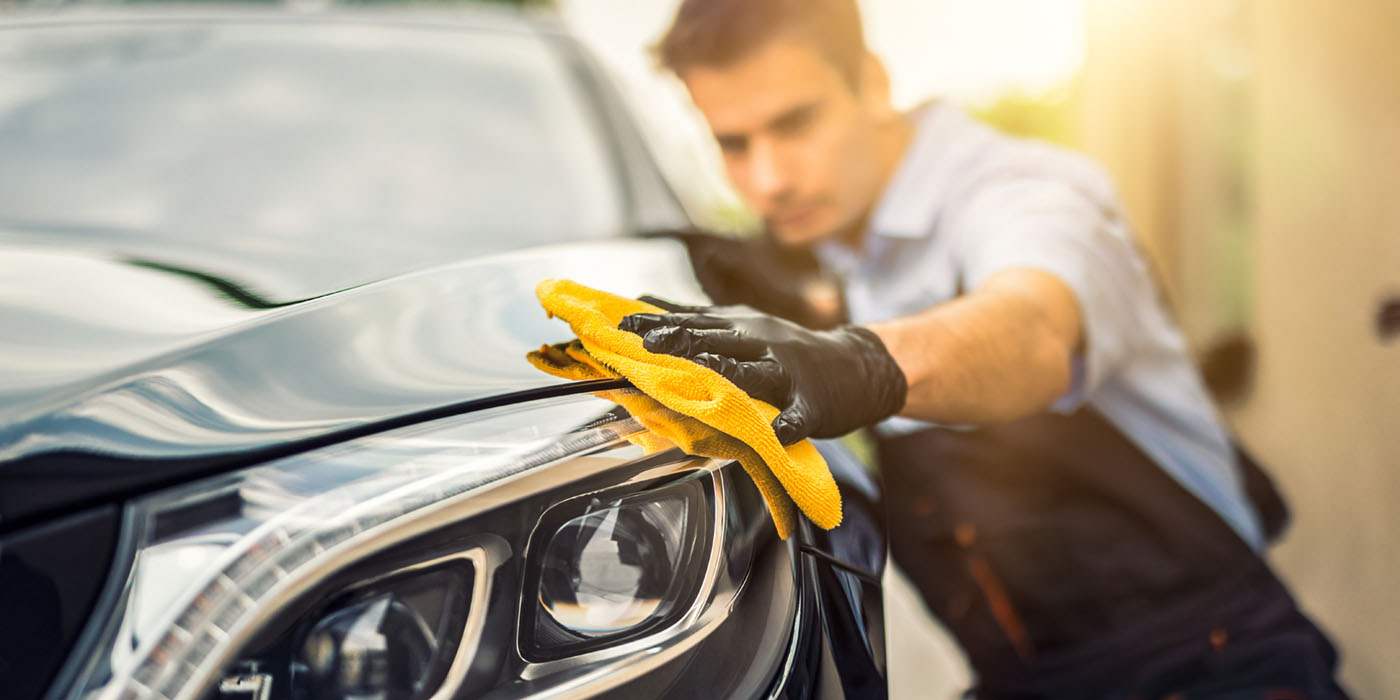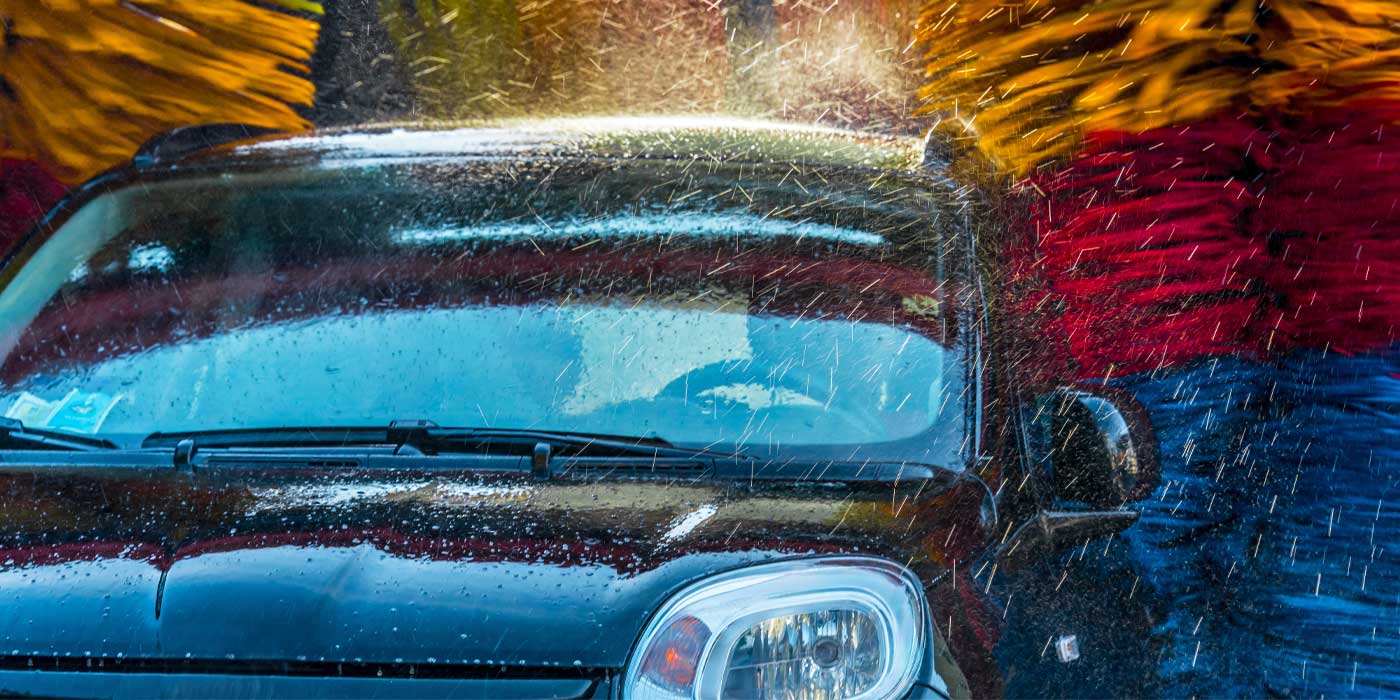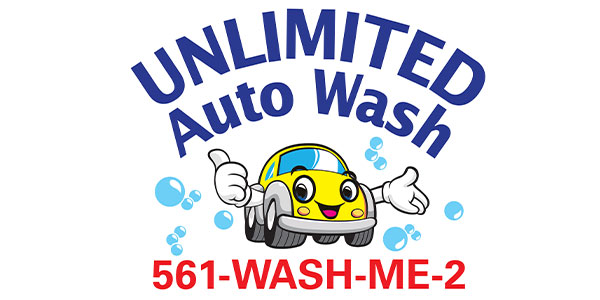With many washes being charged for water twice, once for water use, and once for sewer discharge, it’s vital that owners save this precious resource in every reasonable way possible that doesn’t take away from the quality of the carwash. Professional Carwashing & Detailing interviewed experts across different fields to provide our readers with valuable information and tips on how to optimize water savings.
Working with your municipality
There are some simple questions that Brandon Leister, conservation planner for San Antonio Water Systems (SAWS), said every carwash owner should be able to easily answer: How many cars do you wash on average per month? What do you charge for your wash packages? How much money do you bring in? While water is still inexpensive in some places, it continues to increase in price, Leister said, and owners need to understand their water costs. He said that a common mistake that wash owners make is not understanding their bills. “Most owners don’t know their utility costs, either on the water side, or the utility side. They don’t really look at it, and they don’t really analyze it.”
Read also: Environmental issues articles
The first thing wash owners need to do to ensure water savings is know who their municipality is, he said. After an owner knows who supplies their water, Leister said you should “contact your water supplier, and find out if they have a conservation program.” Chances are, he said, that there are incentives for increasing your water efficiency. In San Antonio, for instance, there are rebates available to carwashes that retrofit for water reclaim systems.
Someone from the municipality may be able to do a walkthrough of your wash, said Leister, where they’re able to point out different ways that your wash will be able to save money or be afforded a deduction. There’s not one common form of an incentive or rebate, Leister said, so it’s important that all steps are taken to ensure you’re getting the best deal possible on your water and sewer bill. Having a good working relationship with your municipality is important because the municipality is going to be communicating the pertinent information that carwash owners need to know about their business operations.
Reclaiming water and saving money
For many washes, a water reclamation system is vital to their success. In some areas, where water and sewer bills are particularly expensive, or municipalities require one, a water reclaim system isn’t just a way to save money, it’s a necessity, said Dean Taylor, vice president of CATEC Water Recovery and Ozone Systems. Taylor said he has had owners tell him “if it wasn’t for our reclaim system, we wouldn’t be in business.” Water and sewer bills continue to increase, he said, and without the ability to reuse water, operating costs can go up dramatically.
Read also: 20 tips for optimizing water reclaim
A good rule of thumb, Taylor said, is that if your water and sewer bill is over $1,000 a month, your wash can start to justify a water reclaim system. To better understand the financials and see if the system will offer a good return on investment for your wash, a pro forma for that wash is done, said Taylor, which takes into account things like how many gallons of water your wash uses per car, what is the cost per car, how many cars you wash, as well as electrical and maintenance for a reclaim system.
It is important to understand that when investing in a reclaim system, there are more than just the upfront costs, Taylor said. Tanks need to be installed, electric is going to go up a little bit and there are also maintenance costs, he continued. Getting all the necessary information on future expenses is important in determining if a water reclaim system is right for your wash.
A carwash can save anywhere from 60 to 90 percent with a good reclaim system, said Taylor. Hand washes and self-serves are on the higher end of that percentage, with your typical conveyor or in-bay automatic being more in the range of 75 percent reclaimed water; bigger tunnels tend to use more water than an IBA, he added. Taylor explained that things like “location, wash loads, weather conditions, the type of wash,” and other factors all interact with the water reclaim system and can vary savings. “With modern technology, a good RO system can now produce 1 gallon of product to 1 gallon of reject,” he said. “This water does re-combine in the reclaim tanks and comes back up for the wash process.” The final rinse is almost always done with fresh water.
When carwashes install a reclaim system, Taylor said it’s important that they contact their chemical supplier to evaluate if the chemicals the wash is currently using are compatible with the water reclaim equipment. “Most chemical manufacturers have reclaim compatible chemicals,” he added. Once your wash has found chemicals that work with it, Taylor recommends sticking with them. He said that there are horror stories of washes that have tried out a new chemical, only to find what he called a “witch’s brew,” which can cause problems with the reclaim system. Always check with the reclaim supplier and chemical manufacturer prior to making any chemical changes.
While the level of maintenance will vary depending on the equipment, Taylor said it usually takes five to 10 minutes once a week. Typically water reclaim tanks need to be pumped out twice a year, said Taylor, with some needing to be done four times annually.
There are major benefits to not only the carwash, but the community to have water reclaim systems installed, which is why municipalities are giving incentives to washes that invest in water reclaim equipment, said Leister.
Water temperature and dispensing chemicals at a cheaper cost
Kelly Anderson, marketing project manager at Solutions Application Systems, makers of the “Mizer” chemical injection system, said owners need to be cognizant of existing measures before implementing future water savings. “The first step is to evaluate your existing wash to see what type of water conservation is already in place,” and improve from there.
Water temperature can play an important role in the effectiveness of a carwash. “Warmer water makes chemicals more active,” said Anderson. However, it is important to remember that “warmer temperatures and light can also be a breeding ground for organic matter that creates odors and degrades the quality of the recycled water. Having a good understanding of your system can prevent this,” she continued. The three types of temperature that Anderson said you must be aware of are: Ambien temperature (the temperature outside), the vehicle temperature and the temperature of the chemicals. “Adjusting your wash’s water temperature throughout the seasons can help conserve water and also energy if there isn’t a need to heat the water as much in the summer as you need to in the winter,” she said.
“We’re in the business of washing cars, not floors and conveyors,” said Gary Brown, eastern regional sales manager at Hydra-Flex Inc. Wash owners often forget, he added, that “it’s not just about mixing the correctly diluted solution; it’s having an understanding of how the solution is applied.” This problem is primarily caused by two things, he said, an inconsistent chemical dispensing system and/or improper sizing of the nozzles for application. The example that Brown gave, is for applicators that come standard with K-nozzles (deflected fan spray nozzles), which are designed for a 110-130 degree spray pattern. If, however, the operator doesn’t have “adequate flow rate to fill the entire fan angle, you will almost always see the fan pattern at a typical wash closer to 60 degrees,” he said. “What this translates to is an understated fan pattern, which is usually heaviest on the outermost edges and very inconsistent and weak in the middle.”
A preventative maintenance schedule is recommended by Brown to improve water savings. “Many times when equipment isn’t working properly,” he said, “an operator will dial up the product usage on their chemical delivery system to compensate. This usually just results in more product waste with inadequate results.” Brown recently met a clever owner with his own laminated checklist about “critical pieces of equipment” with what needed to be done every three months, six months, and annually.
While it can cost money to buy new technology, Brown said washes can be wasting water and efficiency by sticking with outdated equipment. Direct-inject, boosted pressure chemical dispensing systems, he said, deliver more consistent and accurate mixed solution. They also have the added benefits of taking up less space, and not requiring the same level of maintenance. “A simple analogy,” he said, “is like comparing the effects you get from using an aerosol spray can to apply paint, versus an old pump sprayer that has much lower pressure. The higher-pressure aerosol can gives you a very thin, yet thorough application, unlike the lower pressure pump sprayer, which delivers inconsistent and sporadic coverage.”
Innovations and a better understanding of equipment continue to help carwashes provide a great wash with increased water savings. Working with your local municipality, adding on a reclaim system and improving your chemical dispensing are three ways to provide a great wash, and save water and money at the same time.
The nozzle factor
Proper maintenance and nozzle positioning can be another area to improve a carwash’s performance. Washes can lose efficiency with a failure to replace worn nozzles, according to Kelly Anderson, marketing project manager at Solutions Application Systems. It is also important to make sure that the nozzles are spraying at the correct angle, she noted. This will not only maximize the vehicle’s coverage, but it will also minimize the spray that ends up on the floor.

